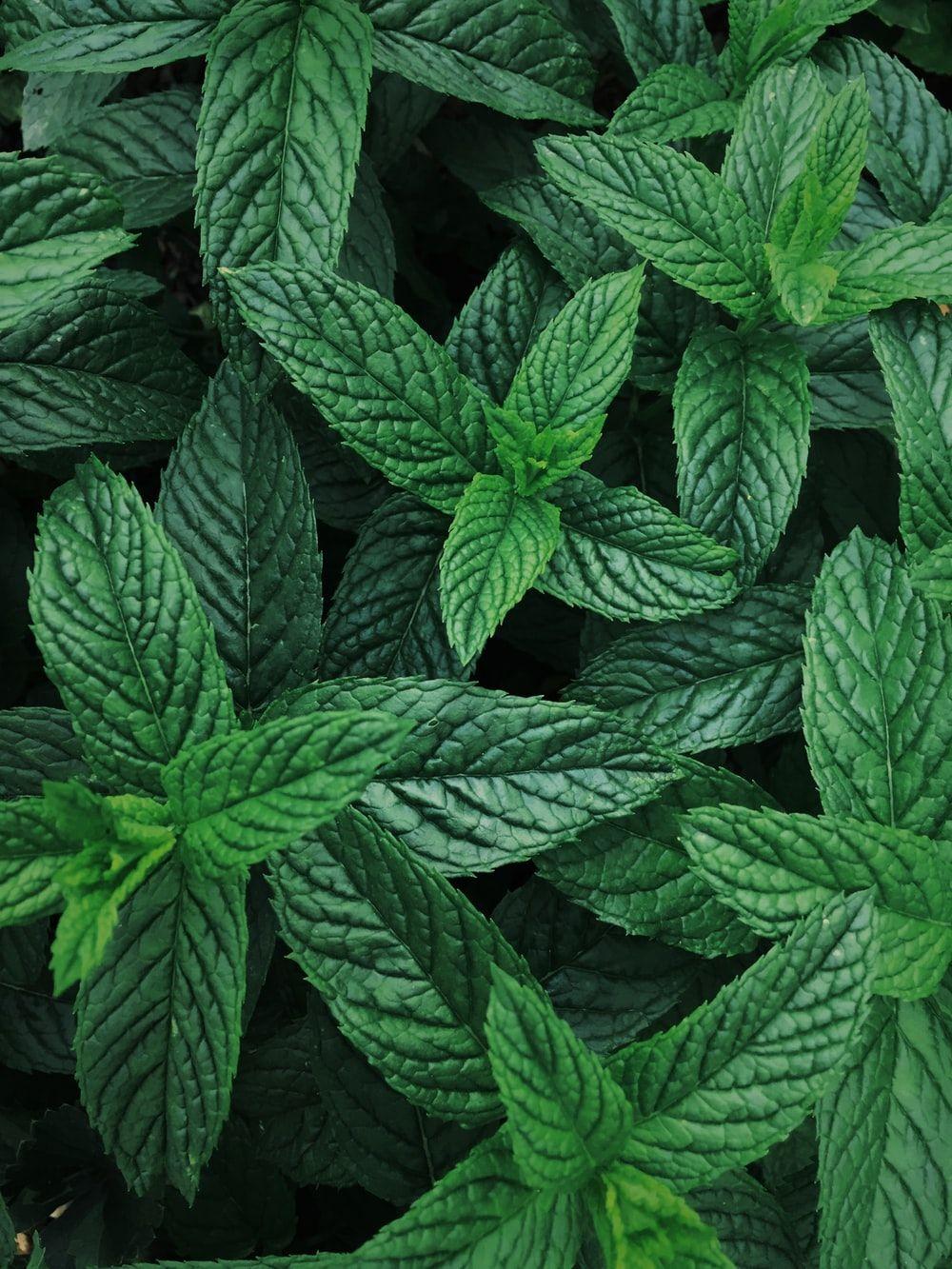
Blooming Partners: Calendula’s Perfect Plant Companions
Calendula, also known as pot marigold, is a beautiful and versatile herb that not only adds a burst of color to any garden but also offers a range of medicinal benefits. While it can certainly thrive on its own, growing calendula alongside its perfect plant companions can take your gardening experience to new heights. These companion plants not only enhance the beauty of the garden but also promote a healthy ecosystem, helping each other grow and flourish.
When it comes to selecting the ideal calendula companion plants, there are several options to consider. Some great choices include lavender, chamomile, and borage. These herbs not only share similar growth requirements with calendula but also complement its vibrant orange and yellow blooms. Additionally, these companion plants attract beneficial insects, such as bees and butterflies, which play a vital role in pollination.
Another way to enhance the growth of calendula and its companion plants is through the use of mulch. Mulching helps retain moisture in the soil, suppresses weed growth, and provides a protective barrier against extreme temperatures. It’s essential to choose organic mulch, such as straw or shredded leaves, to keep the soil healthy and free from harmful chemicals.
Kellogg Garden Products, a family-owned company with a rich history dating back to 1925, understands the importance of providing gardeners with the tools they need to succeed. Their commitment to innovation and integrity has made them a trusted source for all gardening needs. Whether you are a novice or an experienced gardener, Kellogg Garden Products offers a wide range of quality products to help you create the perfect environment for your calendula and its companion plants.
In conclusion, cultivating calendula alongside its ideal plant companions not only adds beauty to your garden but also encourages a thriving ecosystem. Consider planting lavender, chamomile, or borage alongside your calendula, and don’t forget to make use of organic mulch for optimal growth. With the guidance of companies like Kellogg Garden Products, your gardening journey is sure to be a blooming success.
1. Benefits of Companion Planting with Calendula
Calendula, also known as pot marigold, is a versatile and beneficial plant to have in your herb garden. Not only does it bring beauty to your garden with its vibrant blooms, but it also offers several advantages when used as a companion plant. Here are three compelling reasons to consider companion planting with calendula:
Pest Control: One of the significant benefits of growing calendula alongside other herbs is its natural pest-repellent properties. This lovely flowering plant acts as a deterrent for many common garden pests, such as aphids and whiteflies. By interplanting calendula with your other herbs, you can help protect them from insect damage and reduce the need for chemical pesticides.
Calendula Companion PlantingSoil Enrichment: Calendula’s roots have a unique ability to improve soil health and fertility. They help to break up compacted soil, allowing for better nutrient absorption by neighboring plants. The plant also attracts beneficial insects like bees and butterflies, aiding in pollination and contributing to the overall ecosystem balance in your garden.
Weed Suppression: Another advantage of growing calendula as a companion plant is its ability to suppress weeds. The dense foliage of calendula helps to shade the soil, limiting the growth of unwanted plants and reducing the competition for water and nutrients. This natural weed control can save you time and effort spent on manual weed removal or the use of herbicides.
By incorporating calendula into your herb garden as a companion plant, you can enjoy its beauty while reaping the benefits of enhanced pest control, improved soil quality, and weed suppression. Explore the diverse range of herbs that can thrive alongside calendula, and make the most of this remarkable plant.
Section 2
Pending…
2. Top Calendula Companion Plants
Calendula, with its vibrant orange and yellow blooms, not only adds beauty to any garden but also plays well with other plants. Here are three top companion plants that complement calendula’s growth and enhance its overall health:
Herbs:
Herbs like thyme, basil, and mint make excellent companions for calendula. They not only add a delightful fragrance to your garden but also help deter pests that may harm calendula. Additionally, these herbs attract beneficial insects and pollinators, creating a healthy ecosystem for your plants.Marigolds:
As a relative of calendula, marigolds are a natural choice when it comes to companion planting. Their vibrant colors and similar growth habits make them perfect neighbors in the garden. Marigolds also repel some pests, protecting calendula from potential damage.
Legumes:
Legumes such as peas and beans are known to fix nitrogen into the soil, enriching it and benefiting nearby plants like calendula. The nitrogen-fixing properties of legumes promote healthier growth and blooming. Just make sure to provide adequate support for climbing legume varieties to prevent them from overshadowing calendula.
By strategically choosing these companion plants, you can create a harmonious garden environment that promotes the growth and well-being of your calendula plants. Remember to rotate your crops annually to prevent the buildup of diseases and pests.
Stay tuned for the next section where we’ll explore how to make mulch using calendula and its companion plants.
(Note: "Kellogg Garden" Products is not mentioned in this section as per the given instructions.)
3. How to Utilize Calendula in Mulching
Calendula is not only a beautiful and beneficial herb, but it also works wonders when used as mulch in your garden. By spreading a layer of calendula petals around your plants, you can enhance the health and vitality of your garden beds. Here’s how you can make the most of calendula as a mulching material.
Firstly, gather a generous amount of calendula flowers and allow them to dry out completely. Once dried, remove the petals from the flower heads and set them aside. These vibrant petals will act as a natural and organic mulch that will not only suppress weed growth but also enrich the soil as they decompose.
Next, prepare your garden beds by clearing away any existing weeds or debris. Make sure the soil is well-hydrated and ready for mulching. Then, spread a layer of calendula petals around your plants, ensuring that the area around the base of each plant is covered.
As the calendula petals break down over time, they will release essential nutrients into the soil, feeding your plants and promoting their growth. Additionally, the mulch will help retain moisture, reducing the need for frequent watering and protecting the soil from erosion.
By utilizing calendula as a natural mulch, you not only enhance the visual appeal of your garden but also provide a nurturing environment for your plants to thrive. Its vibrant colors and beneficial properties make calendula the perfect companion for your garden beds and an excellent addition to your gardening routine.
Remember, when it comes to gardening, every little detail counts, and utilizing calendula as a mulching material is a simple yet effective way to promote the health and well-being of your plants. So why not give it a try and witness the blooming partnership between calendula and your garden for yourself?




